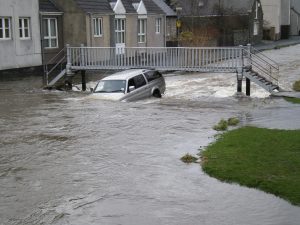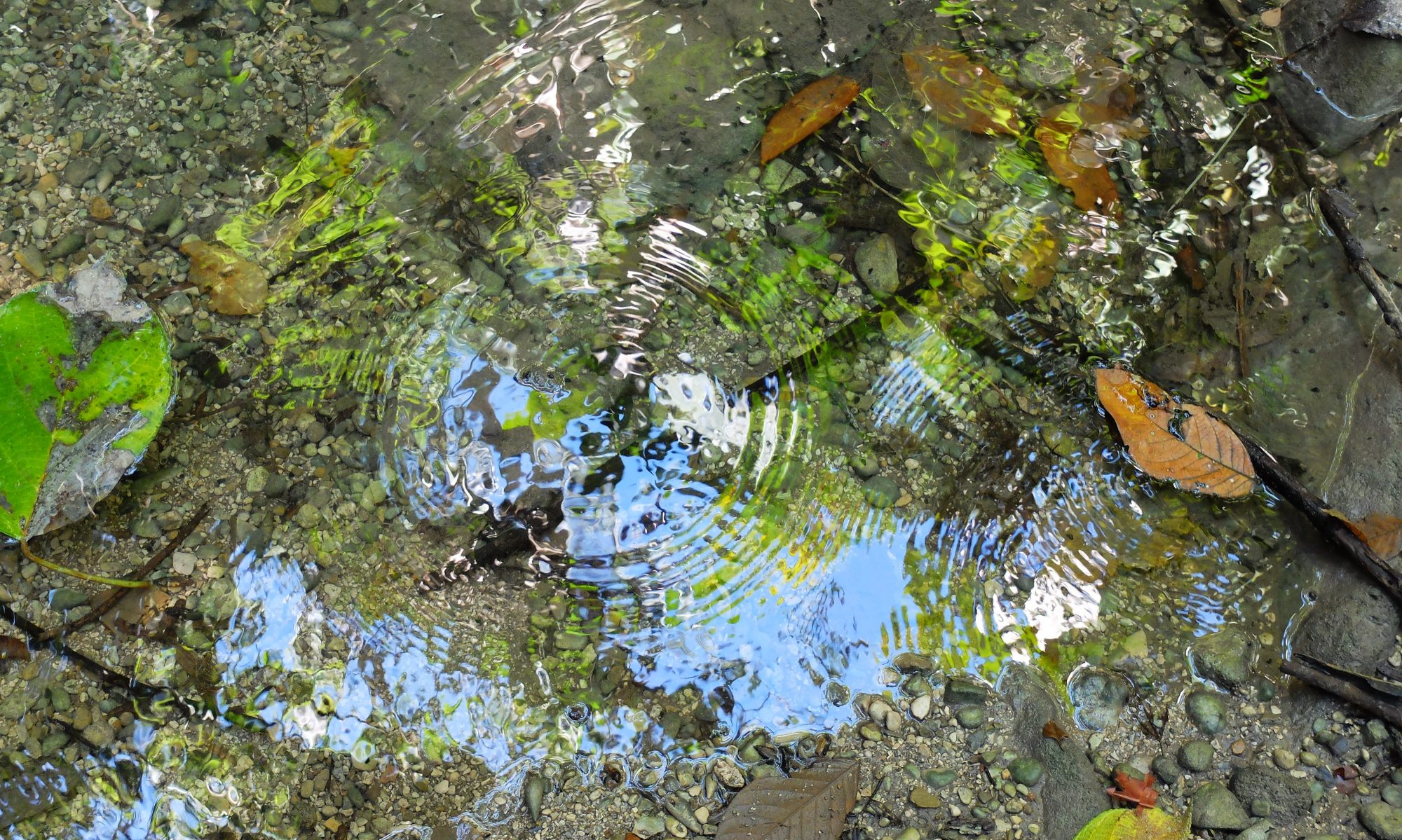Post by Sean Whittaker
This week sees the sixty-seventh Compliance Committee to the Aarhus Convention. The Aarhus Convention, adopted in 1998, establishes environmental information rights to the public. Today’s post is by Sean Whittaker, one of the research members of the Uncovering the Environment project at the University of Dundee. His post looks at the co-production of information in relation to managing flood risk in Scotland.
Urban and rural flooding is a significant issue in Scotland. Flooding can damage buildings and infrastructure, disrupt communities, inflict economic losses and cause fatalities. This risk is further heightened by the impacts of climate change. The Scottish Government’s approach to mitigating flood risk relies on the public engaging with flood risk mitigation measures. Yet this engagement, and the necessary flow of environmental information, is more nuanced than may be originally expected.

Credit Tweed Forum
The primary direction of environmental information under such measures is from the Government to interested individuals. This can be seen in the Aarhus Convention, which guarantees the right for individuals to request the disclosure of environmental information from the state. In Scotland this has been implemented by the Environmental Information (Scotland) Regulations 2004. Under the Regulations individuals are viewed as passive recipients of environmental information: they are granted access to the requested information by a government which is implied to hold all of the relevant information.
However, viewing the relationship between the state and citizens as a “one-way street” unduly reduces the potential role of citizens in providing information to the state. In reality governments often do not hold every piece of relevant information, and individual citizens can hold or create information which is of great value to flood risk mitigation efforts. This broader approach to the role of citizens in relation to information can be seen in the Sendai Framework for Disaster Risk Reduction, which places citizens at the heart of disaster risk mitigation efforts.
Recognising the role of citizens in providing environmental information can take many forms. A common method of seeking information from citizens is the use of Environmental Impact Assessments, which enables the public to provide their opinion on proposed plans and highlight any information they feel has been omitted. Another method used by SEPA is Report A Flood, which enables individuals to report localised flooding incidents to SEPA.
Yet an often-overlooked method of citizens producing environmental information is citizen science initiatives. Citizen science is defined as collaborative research involving the public into scientific projects, and differs from the previously discussed forms of public engagement due to the formal partnership between scientists and the public impacting how the data is collected and presented. In Scotland citizen science has been used to monitor rivers that are at risk of flooding, providing data to public authorities which cannot generate this data themselves.
In this way, it is important to not underplay the role of individuals in providing and generating environmental information themselves. While the Government does act as the primary source of information, this does not mean that citizens cannot contribute or create valuable information of their own. Indeed, citizens contributing environmental information, either held or generated by them, can improve environmental protection efforts and bridge the gaps in the state’s own knowledge. This is not always easy: the different forms of citizen participation each have their own benefits and risks, which must be managed. However, the benefits of opening up the “one-way street” can be significant, and the Government should not be quick to discount the information that can be provided or created by citizens.
